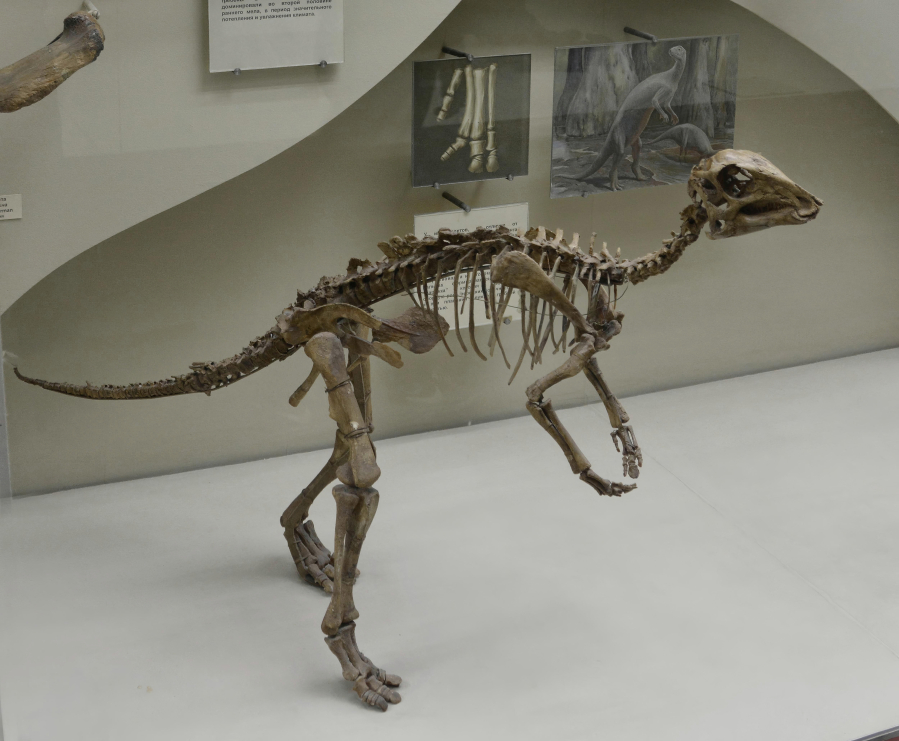Millions of years ago, a bird-like dinosaur, known as the “chicken from hell,” roamed the North American continent. Weighing around 170 pounds, it sported a toothless beak and was blanketed by a layer of feathers.
The previously unknown prehistoric creature was recently identified using fossilized bones found in South Dakota, according to a study published Jan. 24 in the journal PLOS One.
The bones, including a femur and tibia, were discovered in Meade County, which makes up part of the Hell Creek Formation, a swath of sedimentary rock littered with the remains of old plant and animal life.
While studying the bones, Oklahoma State University researchers initially thought they might belong to a larger dinosaur called Anzu wyliei. However, histology tests revealed they had stumbled upon a brand-new species.
The newfound creature is a type of oviraptorosaur, a family of human-sized theropods with slender limbs and grasping hands.
Characterized by their “unusual” skulls, they were found throughout North America and Asia during the Late Cretaceous period, which lasted from about 100 million to 66 million years ago.
The new species was named Eoneophron infernalis, which translates to “Pharaoh’s dawn chicken from hell.”
It would have stood about 3 feet high at the hip and had wings and a short tail, Kyle Atkins-Weltman, one of the study authors, said in an OSU news release.
“It’s hard to tell its diet because of the toothless beak,” Atkins-Weltman added. Both herbivorous and omnivorous oviraptorosaur species have been previously discovered.
The creature would have been social, employing an “avian-like brain organization,” researchers said.
“Our new discovery suggests that this dinosaur group was not declining in diversity at the very end of the Cretaceous,” Atkins-Weltman and researcher Eric Snively wrote in The Conversation.
The Cretaceous came to a sudden end 66 million years ago when an asteroid estimated to be up to 9 miles wide slammed into Earth, wiping out countless species, according to the Natural History Museum.



